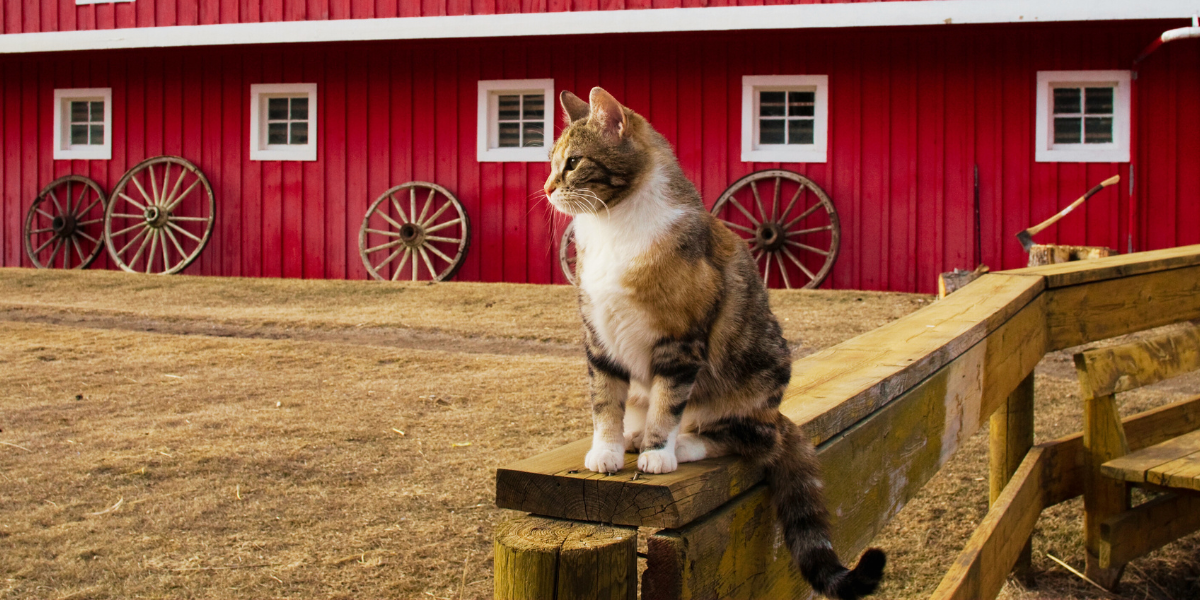Cats have long been known for their independence, agility, and hunting prowess. But did you know that some cats have official jobs? These felines, known as working cats, serve a crucial role in homes, businesses, and farms by controlling the rodent population and keeping their environments free from pests. In this article, we’ll explore what defines a working cat, where they are typically found, and whether they are considered feral or semi-feral.
What Exactly Is a Working Cat?
While many people keep cats as pets, working cats serve a more functional purpose. They are employed to control pests such as rats, mice, and other vermin in various settings. Unlike domestic indoor cats, working cats often live outdoors and do not require the same level of human interaction. These cats rely on their natural hunting instincts to keep their environments rodent-free.
Historically, ship crews kept polydactyl cats onboard because their extra toes helped them balance on rough waters. These feline hunters prevented infestations and protected valuable cargo. Today, working cats continue to serve similar roles in different environments.
Where Can You Find Working Cats?
Working cats are commonly found in:
- Barns and Farms – One of the most popular locations where these cats thrive. They help protect livestock feed from rodent contamination.
- Warehouses and Factories – Keeping these large spaces free of mice and rats is essential for maintaining hygiene and safety.
- Grocery Stores and Markets – Some small businesses employ shop cats to manage pests effectively.
- Churches and Historical Buildings – These buildings attract rodents looking for shelter, and working cats help keep infestations at bay.
Besides providing a natural pest control solution, having a working cat is also an environmentally friendly way to reduce the need for chemical pesticides.
Are Working Cats Feral or Semi-Feral?
When it comes to working cats, some may be completely feral, while others are considered semi-feral. Understanding the difference can help determine the level of care these cats need.
- Feral Cats: These cats have had little to no human interaction and are usually not friendly toward people. They rely on their instincts to survive and are difficult to tame.
- Semi-Feral Cats: These cats have had some exposure to humans and may tolerate their presence but prefer minimal handling.
Many animal shelters and rescue organizations operate Working Cat Programs to help find suitable environments for these cats. These programs ensure that cats who are not adoptable due to their temperament can still lead meaningful lives controlling rodent populations instead of being euthanized.
What Care Do Working Cats Need?
Although working cats are independent, they still require some level of care to keep them healthy and effective in their roles. Responsibilities of a caretaker include:
- Providing a secure, sheltered space like a barn, shed, or garage to protect them from extreme weather and predators.
- Supplying fresh water and daily dry cat food to maintain their health and supplement their diet.
- Ensuring veterinary care, especially for spaying/neutering, vaccinations, and emergency treatments.
- Allowing an adjustment period of about three weeks where the cat is confined to a large cage in its new environment before releasing it to roam freely.
Final Thoughts
Working cats play a vital role in natural pest control and provide a humane alternative to euthanasia for feral and semi-feral cats. Whether in barns, businesses, or historical buildings, these felines work hard in exchange for food, shelter, and security.
If you’re interested in adopting a working cat, consider checking with local shelters or rescue organizations that offer Working Cat Programs. These cats may not fit the typical pet role, but they serve an irreplaceable purpose in their communities.









Facebook Comments